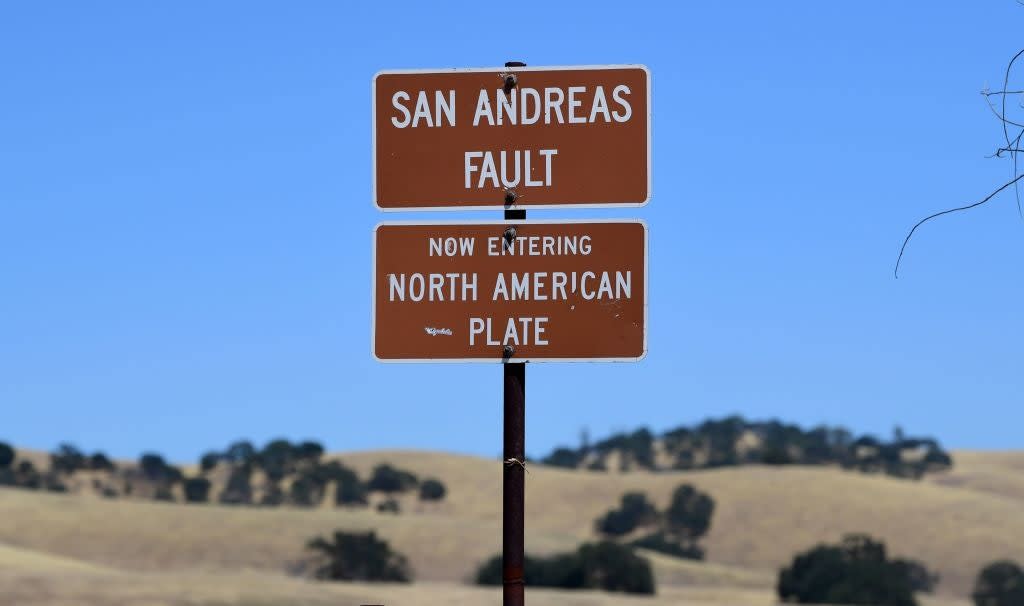What is The Great ShakeOut and why did 7 million people in California do it?

International ShakeOut Day takes place annually every year, and on Thursday across the US people stopped what they were doing to drop, cover, and hold on.
The Great ShakeOut is done by 30 million participants worldwide – 7 million of those are in California, where there is a higher risk of an earthquake compared to the rest of the United States as it sits on top of the San Andreas fault line, which extends around 750 miles through the state.
As part of the Great ShakeOut, people practise for future earthquakes by dropping to the ground and holding onto something sturdy. Then, they cover their head and neck with their arms to protect from potential falling debris. Even better, get under a table or desk for shelter. Being under a desk may help provide some air space when trapped in a fallen building.
United States Geological Survey (USGS) research showed that people who move during earthquake shaking are twice as likely to be injured than those who don’t.
California is about 80 years overdue for a big earthquake, and pressure has been building for years at its largest fault line. The USGS has estimated that in the next 30 years there is a 31 per cent chance there will be an earthquake of 7.5 magnitude. Big earthquakes happen along the San Andreas Fault every 45-230 years, but there hasn’t been one in 161 years.
An earthquake of 7.8 in magnitude would likely kill 1,800 people, cause 1,600 fires, displace 270,000 people from their homes and around 50,000 people will require emergency care, according to The ShakeOut Scenario, a report by seismologists including Dr Lucile M. Jones.
“Electricity is gone. And cell towers, in general, have four hours of backup power,” Dr Jones told the LAist. Phone lines will likely be jammed, but “if you’re in [a collapsed building], send a text to people really quickly saying I’m trapped in this building,” she advises. She also recommends making noise – find something to safely bang, try not to scream as it exhausts energy and oxygen.
The Great ShakeOut is also a chance to update emergency preparedness, including storing some food and water for several days, a flashlight, hand sanitiser, a fire extinguisher and a whistle. Then do some home earthquake maintenance – secure heavy items to the walls in your home, including bookcases, refrigerators, televisions and pictures. It’s also recommended that people be prepared financially; this may mean taking out earthquake insurance on your home.
Live drills are taking place between 8.30am-11am in California, follow along on YouTube here or see Great ShakeOut drill manuals here.

